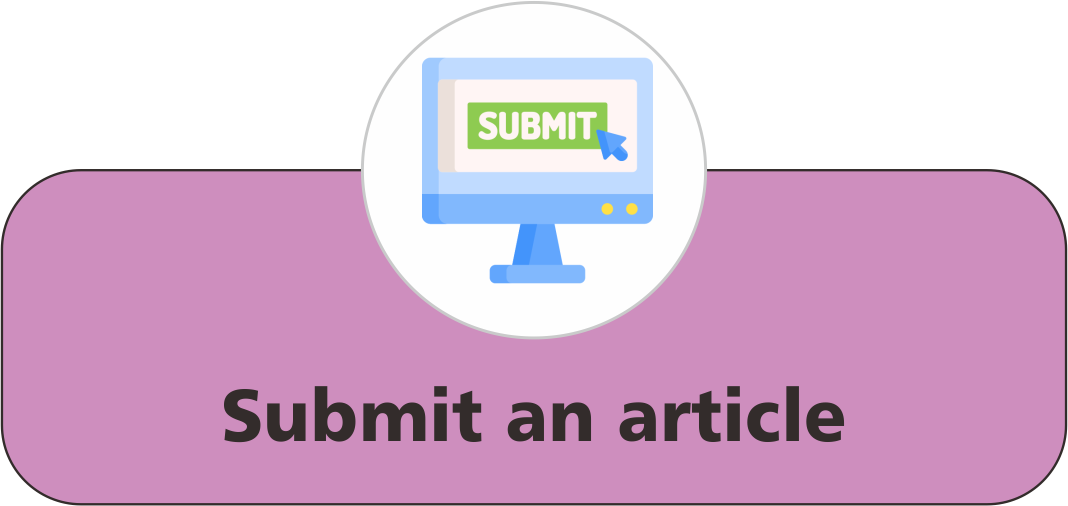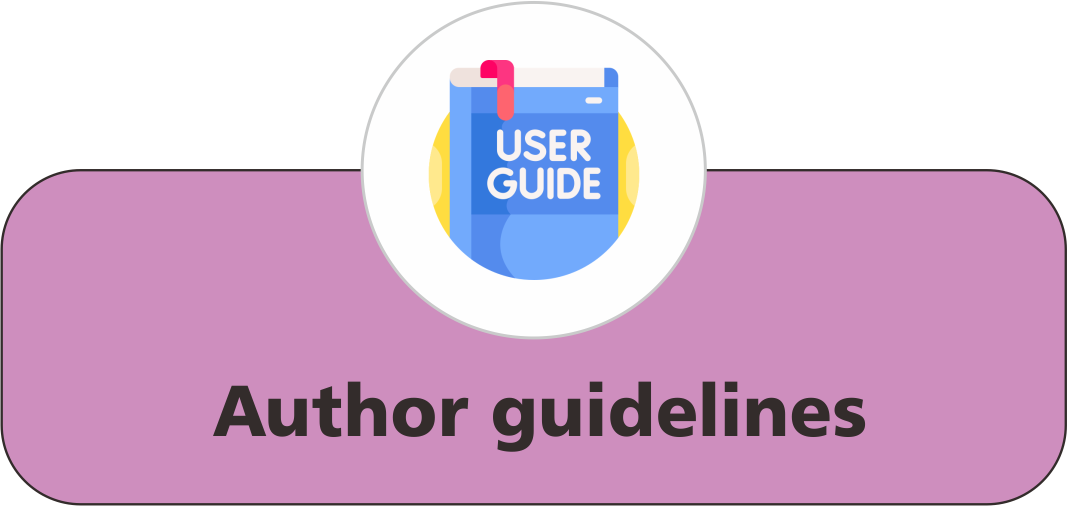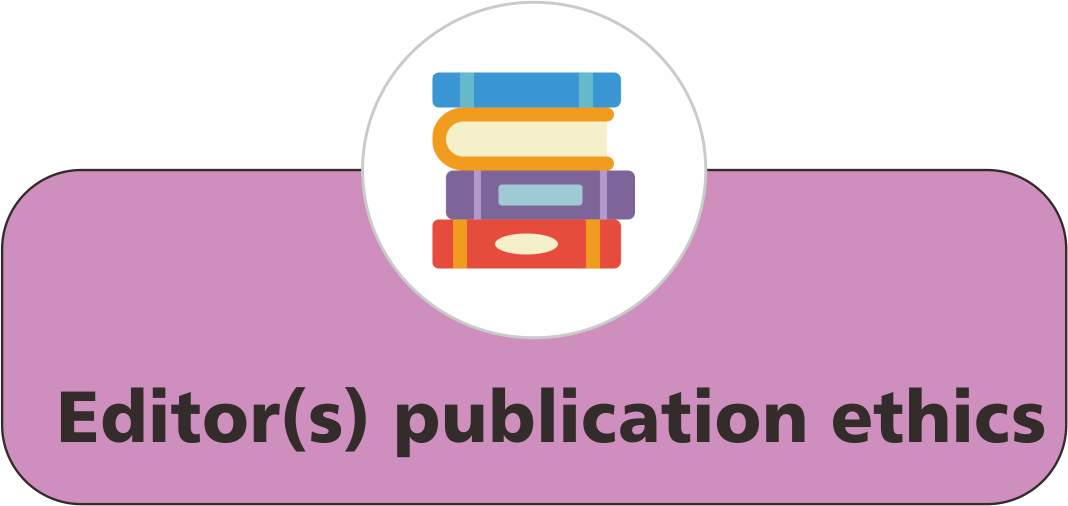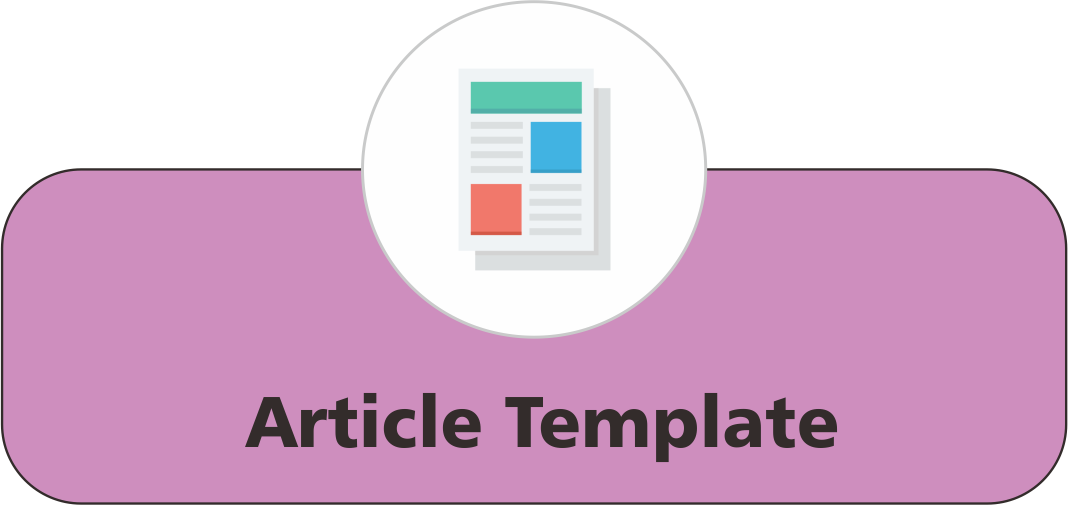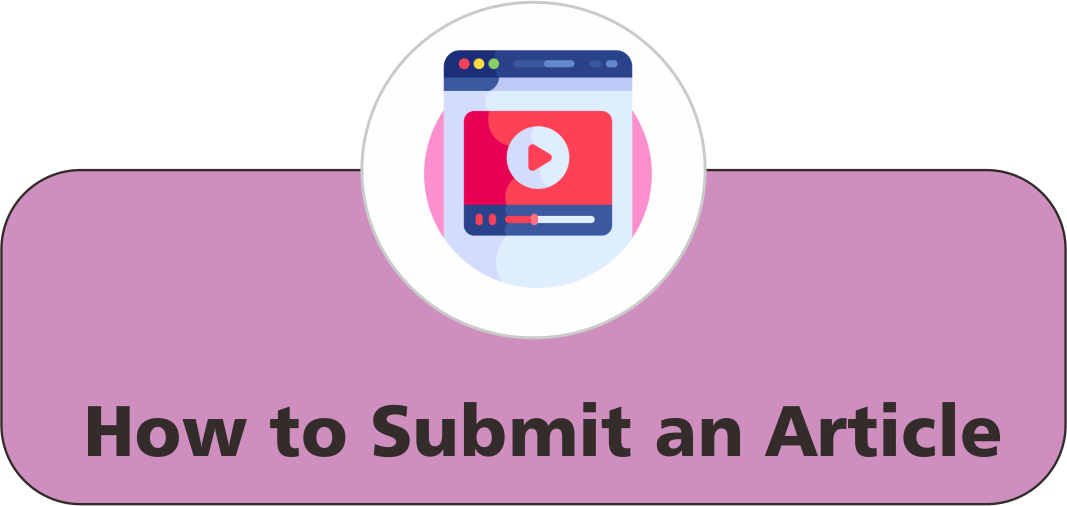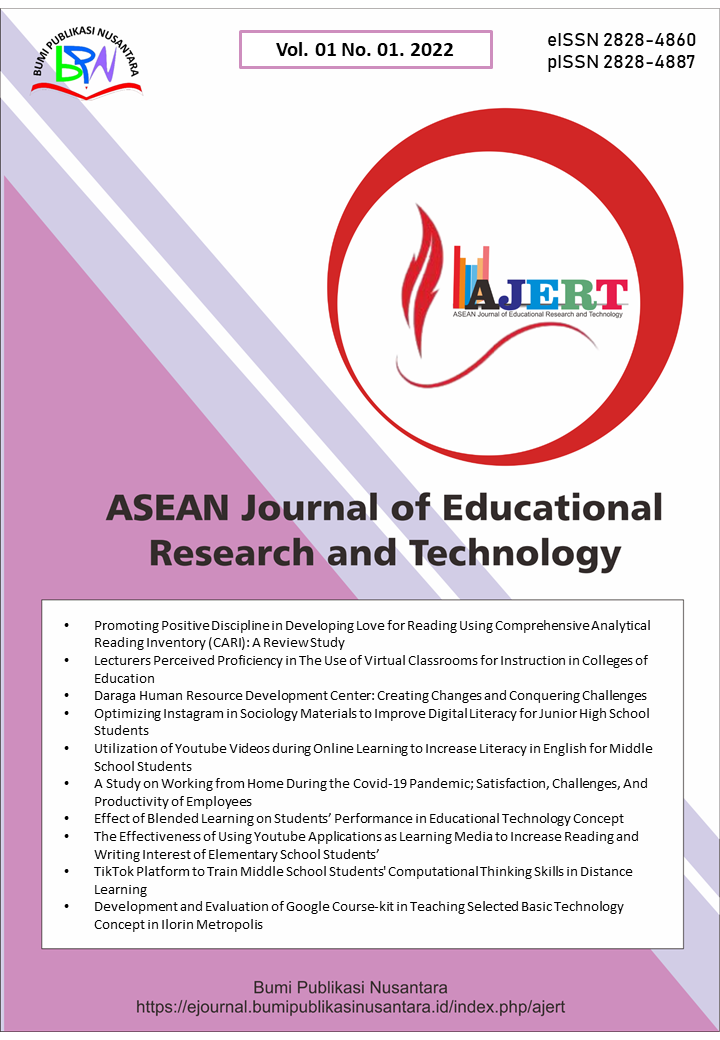The use of Gestalt Psychology in Project Work
 ),
),
(1) Moscow Polytechnic University
 Corresponding Author
Corresponding Author
Abstract
Keywords
References
Glushchenko, V. (2022a). Development of the design thinking paradigm in the context of the transition to a new technological order. Indonesian Journal of Multidiciplinary Research, 3(1), 117-130.
Glushchenko, V. (2022ba). Ergo design of mentoring in the national ecosystem of vocational education in the period of the 10th technological order. Indonesian Journal of Educational Research and Technology, 2(3), 223-236.
Glushchenko, V. V. (2020). Project model of organizations' activity. Scientific Heritage, 3(53), 15- 33.
Graham, L. (2008). Gestalt theory in interactive media design. Journal of Humanities and Social Sciences, 2(1), 1-12.
Manghano, J. C., Magbanua, E. J., and Besa, A. (2022). Psychological effects of blended learning to the faculty of Sultan Kudarat State University, Philippines. Indonesian Journal of Educational Research and Technology, 2(1), 71-74.
Mwala, G., and Lyakurwa, S. (2022). Psychological study of stress levels among secondary school students with albinism in Tanzania. Indonesian Journal of Community and Special Needs Education, 2(2), 137-148.
Riteshkarmaker, R. (2023). Psychological issues in Bangladeshi children for Covid-19: Losing interest in education. Indonesian Journal of Community and Special Needs Education, 3(1), 103-112.
Schwarzfischer, K. (2011). The aestetic meaning of syntactic, semantic and pragmatic gestalt integrations in integrative aesthetics. Gestalt Theory, 33(3), 345.
Wagemans, J., Elder, J. H., Kubovy, M., Palmer, S. E., Peterson, M. A., Singh, M., and von der Heydt, R. (2012). A century of Gestalt psychology in visual perception: I. Perceptual grouping and figure–ground organization. Psychological Bulletin, 138(6), 1172.
Article Metrics
Abstract View : 1076 times
: 1076 times Download : 997 times
Download : 997 times
Refbacks
- There are currently no refbacks.
Copyright (c) 2023 Bumi Publikasi Nusantara

This work is licensed under a Creative Commons Attribution-ShareAlike 4.0 International License.

